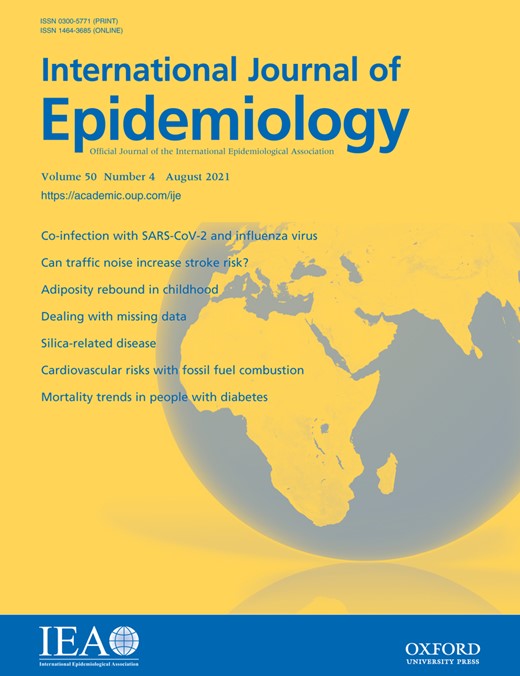Identification and understanding of the role of silica in disease outside the lung have grown more slowly. Large mortality studies of silica-exposed populations have identified excess risk from renal disease and cardiovascular disease.
Of growing interest has been the role of silica in multisystem disease, notably rheumatoid arthritis, systemic sclerosis, systemic lupus erythematosus (SLE), small vessel vasculitis and others, in which autoimmunity is the unifying feature.
For SLE and small vessel vasculitis in men, there was arguably no dose-response trend beyond the ‘any silica’ threshold.
The multisystem nature of the silica hazard also has implications for medical practice. Specialists in fields other than respiratory medicine—renal medicine, dermatology and rheumatology—need to be on the alert, not least by taking a careful occupational history with knowledge of silica exposures.
Finally, autoimmunity widens the mechanistic complexity of silica toxicology. Variability in dose rate of silica, particle parameters such as size, charge and physicochemical structure, co-exposures and host factors require painstaking studies controlling for these variables to determine their joint effects. Such research has the potential not only to identify pathways to earlier identification and possible treatment of silicosis, but also to illuminate aspects of autoimmunity, tuberculogenesis and other disease processes.


